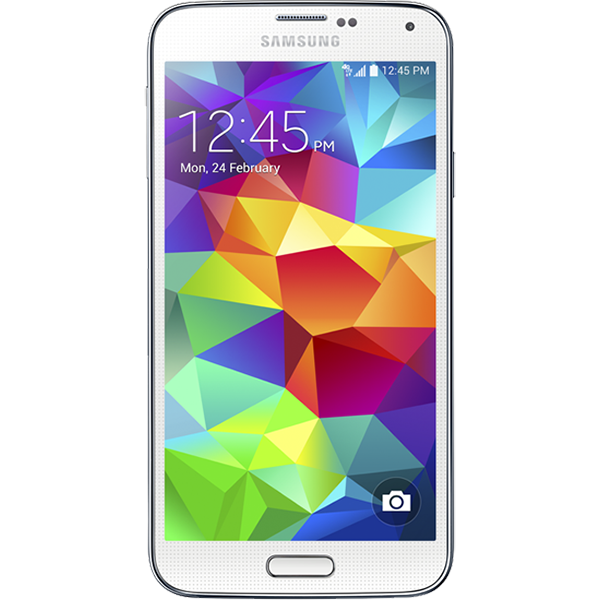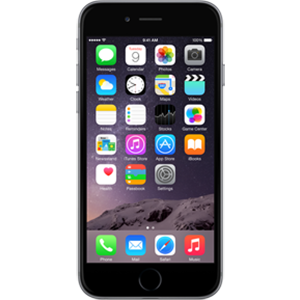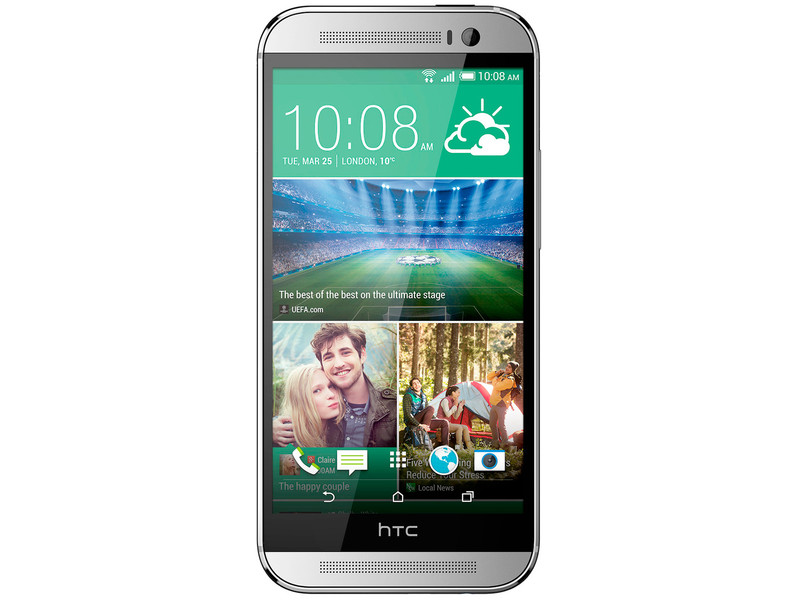Samsung Galaxy S5 Smartphone Review
Will the gravity well from Galaxy S5 capture your interest, or will you streak past with escape velocity?
Why you can trust Tom's Hardware
How We Tested
Benchmark Suite
Our current Android test line-up comprises six key sections: CPU, Web, GPU, GPGPU, Display and Battery.
| HTML5 And JavaScript Benchmarks | Browsermark 2.1, JSBench, Peacekeeper 2.0, WebXPRT 2013 |
|---|---|
| CPU Core Benchmarks | AnTuTu X (Anti-Detection), Basemark OS II Full (Anti-Detection), Geekbench 3 Pro (Anti-Detection), MobileXPRT 2013 |
| GPU Core Benchmarks | 3DMark (Anti-Detection), Basemark X 1.1 Full (Anti-Detection), GFXBench 3.0 Corporate |
| GPGPU Benchmarks | CompuBenchRS |
| Display Measurements | Brightness(Min/Max), Black Level, Contrast Ratio, Gamma, Color Temperature, Color Gamut (sRGB/AdobeRGB) |
| Battery Tests | Basemark OS II Full (Anti-Detection), BatteryXPRT 2014, GFXBench 3.0 Corporate |
Test Methodology
All handsets are benchmarked on a fully updated copy of the device's stock software. The table below lists other common device settings that we standardize to before testing.
| Bluetooth | Off |
|---|---|
| Brightness | 200 nits |
| Cellular | SIM card removed |
| Display Mode | Device Default (non-adaptive) |
| Location Services | Off |
| Power | Battery |
| Sleep | Never (or longest available interval) |
| Volume | Muted |
| Wi-Fi | On |
Furthermore, for browser-based testing on Android, we're employing a static version of the Chromium-based Opera in order to keep the browser version even across all devices. Due to platform restrictions, Safari is the best choice for iOS-based devices, while Internet Explorer is the only game in town on Windows RT.
Comparison System Specs
Qualcomm had a strong year in 2014, with nearly every flagship smartphone running a Snapdragon SoC. The Snapdragon 801 was particularly popular, showing a good balance between performance and efficiency. Its ubiquity isn't necessarily bad for consumers, but it does make our benchmark charts rather boring.
The table below contains all the pertinent technical specifications for today’s comparison units:
Other than the iPhone 6, all of the Android phones we'll be comparing use the Snapdragon 801 SoC. The Galaxy S5 uses the highest-clocked 8974AC version just like the G3, One and Z3. Only the HTC One (M8) uses the lower-clocked 8974AB variant, which should give it slightly lower CPU performance.
Again, other than the iPhone 6 with its PowerVR GPU, all of the Android phones use the Adreno 330 graphics engine. The only differentiator for GPU performance should be the G3's higher WQHD screen resolution.
Get Tom's Hardware's best news and in-depth reviews, straight to your inbox.
We should see some variation in longevity, though. Both the G3 and OnePlus One have slightly larger batteries than the S5, but they also have larger screens to power. The iPhone 6 has by far the smallest battery. Will its smaller, lower-resolution screen make up for this deficit? The Sony Z3 has a bigger battery than the S5 and almost the same size screen. This should give the Z3 an edge in battery life.
Current page: How We Tested
Prev Page Software Tour: TouchWiz Next Page Results: CPU Core Benchmarks-
grumpigeek My Galaxy S5 in in an Urban Armor Gear case that looks great and protects the phone, so I don't really care what it looks like.Reply
The device is 100% reliable and I have found the battery life to be excellent - way better than any smartphone I have had previously.
-
implantedcaries Guys you are reviewing a mobile which was released a year and then calling it average compared to competitiReply -
firefoxx04 I have an s5. This review would have been welcomed a year ago.Reply
The phone is top notch. I've known this for a while. -
implantedcaries Guys you are reviewing a mobile which was released a year back and then calling it average compared to competition?? Seriously? Yes I agree S5 is not the most exciting prospect out there for new mobile buyers now, but it wasn't so in 2014 when it was actually launched. Also its one of the very few mobiles already receiving lollipop updates.. No mention of that.. Any hidden agenda against Samsung?Reply -
FritzEiv Folks, you're right. This review is quite late. We began testing the S5 a long time ago, but we've had a bit of a backlog of smartphones to review since Matt (our senior mobile editor) started on staff and we're just catching up. We aren't trying to pretend it's a new phone, thus we haven't put it up in our main feature carousel; but we did want to publish this and others just to have them for archival and future referral and comparison purposes. We are working on other smartphones that are little more current and then we hope to be "on time" as new ones arrive. Hence, for example, Matt's performance preview of Qualcomm's Snapdragon 810 earlier this week. We've been a bit more timely on devices like the OnePlus and the iPhone reviews as well. But hey, continue your sarcasm, because we probably deserve it. Just want you to know why we are doing this, that we're not trying to fool anyone, and that we'll be caught up in short order. Thanks for your patience.Reply
- Fritz (Editor-in-chief) -
Mac266 One thing in this review irritated me: the whole "it's ugly" thing. It might not suit you, but lots of people like the way it looks. Aesthetics are purely subjective, and should definitely not be judged a con on one mans opinion.Reply -
peterf28 Iam not buying a smartphone again where the chipset drivers are not open source. Like what samsung did with the S3, it is stuck on Android 4.3, and there is nothing you can do. All the custom roms are unstable crap because there are no up to date drivers For current kernels. It is like buying a PC without the possibility to update the OS . Would you buy that ?Reply -
jdrch FYI phone speakers are placed on the back of phones to take advantage of acoustics when the phone is laying on a surface. The surface spreads and reflects the sounds back to the user much better than the speaker itself would. Try it yourself.Reply


